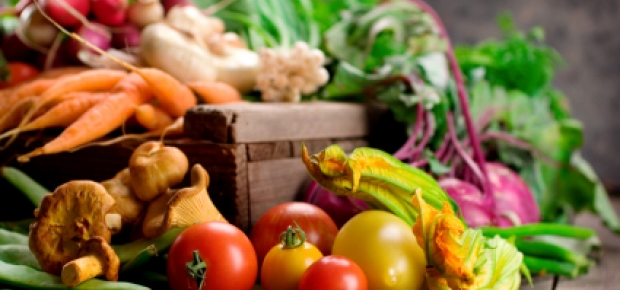The Dirty Dozen
Share
The Dirty Dozen is a list of foods that show a high pesticide residue. The Environmental Working Group (EWG) states that it is important try and reduce the risks of pesticide consumption as much as possible. However, for many reasons, eating organic is not quite achievable for some. If this is the case, then consuming some organic fruits and vegetables is fat better than consuming none at all.
The Environmental Working Group (EWG) shopper’s guide helps you to determine which fruits and vegetables have the least pesticides and which to avoid and buy organic instead.
The fruits and vegetables that rank the highest in pesticide load are called the Dirty Dozen. The Clean Fifteen are the fruits and vegetables that have a minimal amount of pesticides.
Which Fruit &Veg Have the Highest Pesticides? Dirty Dozen
- Apples - More than 45 different pesticides have been detected on apples. This is not surprising due to the risk of fungus and insect threats which prompt farmers to be vigorous with their spraying of synthetic chemicals;
- Strawberries - More than 40 different synthetic chemicals have been found on strawberries;
- Grapes - Grapes have a very high chemical residue. The same for non-organic raisins;
- Celery - Testings have found more than 60 different types of chemicals on the humble celery;
- Peaches - This tree fruit was found to have more than 60 different types of chemical residue.
- Spinach – More than 50 different types of chemical residue, frozen fruit was found to have just the same amount while canned was found to have less;
- Nectarines
- Cucumbers – 86 different chemical residues was found on the cucumber;
- Potatoes
- Cherry tomatoes
- Red Chilli
- Capsicum
- Kale
- Zucchini – The very meek and mild zucchini is often laced with residues.
 Printer Friendly Version
Printer Friendly Version
 References
References
Related Modalities
 Nutrition
Nutrition
